Israel is pounding Hezbollah, but in war the Iran-backed force will be a lethal foe
The bulk of the Lebanese group’s capabilities remains intact, and maneuvering IDF troops will have to contend with anti-tank missiles, mines, and drones — not to mention tunnels
On May 21, 2023, Hezbollah organized a military parade in southern Lebanon between the villages of Melita and Armata, some 20 kilometers north of the Israeli border
The IDF has been hammering Hezbollah since the Lebanese terror group began firing over the border the day after Hamas’s October 7 invasion of southern Israel.
Hezbollah itself has named over 500 of its fighters killed in the year-long conflict. Israel has taken out the Shi’ite group’s top military figures, including its senior commander Fuad Shukr.
As Israel has ramped up its strikes on Hezbollah in recent days, it has hit the Iranian proxy even harder.
The explosion last week of thousands of Hezbollah’s communication devices put 1,500 fighters out of commission, a Hezbollah official told Reuters on Wednesday; Israel has not taken responsibility.
Last Friday, Israel eliminated many of the top commanders of Hezbollah’s elite Radwan Force. And it has been pounding Hezbollah rocket arsenals, though reports that Israel has taken out half of its capabilities are likely exaggerated.
Hezbollah’s response has been predictable, and not especially effective. It is firing hundreds of rockets at Israel a day, ramping up the range and number each day. But with Israel’s air defense capabilities and extensive shelter network, the attacks haven’t had a major effect on the Israeli public’s will to keep the fight going.

Israelis should not be fooled, however. Hezbollah remains a potent adversary that has yet to employ most of its arsenal, and if the fight reaches a ground invasion — as Chief of Staff Herzi Halevi is indicating it will — the IDF can expect to face an adversary far more dangerous than Hamas in Gaza.
Military transformations
Like Israel, Hezbollah saw the indecisive 2006 Second Lebanon War as a wake-up call for the need to transform its military capabilities quickly.
“Over these 18 years, Hezbollah wasn’t planting trees and building houses in Lebanon,” said Brig. Gen. (res.) Tzvika Haimovitz, former commander of Israel’s Air Defense Forces.
“Hezbollah built itself a semi-army. I know many militaries around the world, but I don’t know many that have the capabilities that the Hezbollah terror group has.”
One of Hezbollah’s main efforts has been the enhancement of its rocket and missile capabilities.
According to official IDF assessments from before the war began last October, Hezbollah had over 200,000 rockets, mortars, and missiles.

According to a March report from the Center for Strategic and International Studies, Hezbollah now has 40-80,000 short-range unguided rockets with ranges up to 20 kilometers, and some 60-80,0000 long-range unguided rockets that can reach 100 kilometers.
Its ballistic missile arsenal is smaller, but can reach much further into Israel. Hezbollah has up to 40,000 ballistic missiles with ranges from 160-300 kilometers, a few dozen Scud missiles that can reach 500 kilometers, and several hundred precision Fateh-110 ballistic missiles that can deliver a 500 kg warhead a distance of 300 kilometers.
The dense Tel Aviv area is less than 150 kilometers from the border with Lebanon.
Hezbollah has invested significantly in the survivability of its rocket and missile capabilities. It has mobile launchers mounted on trucks, missiles stored in civilian homes, and an extensive bunker and tunnel network.
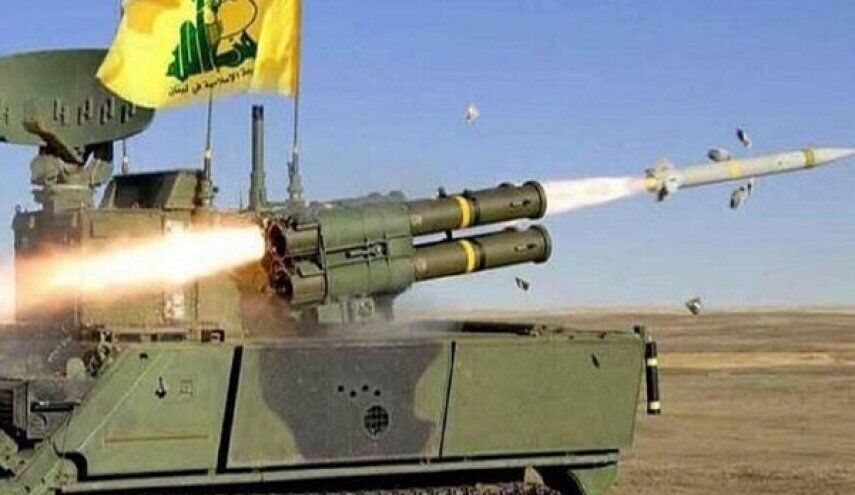 Hezbollah's arsenal includes missiles
capable of striking targets up to 310 miles away and drones with an
operational range of 1,240 miles.
Hezbollah's arsenal includes missiles
capable of striking targets up to 310 miles away and drones with an
operational range of 1,240 miles.
In an all-out war, Hezbollah would use its firepower in a number of ways. As it did in 2006, it would use its unguided rockets against population centers to erode the public’s will and trust in the government, and to disrupt the functioning of the country.
Its smaller precision arsenal would target IDF bases, troops concentrations, and strategic civil infrastructure deep in the country.
Hezbollah could potentially use its massive short-range arsenal to provide cover for an attempt to invade northern Israel and capture a town or military installation.
And Hezbollah would try to make its rockets last, to show its resilience in the face of Israeli attacks.
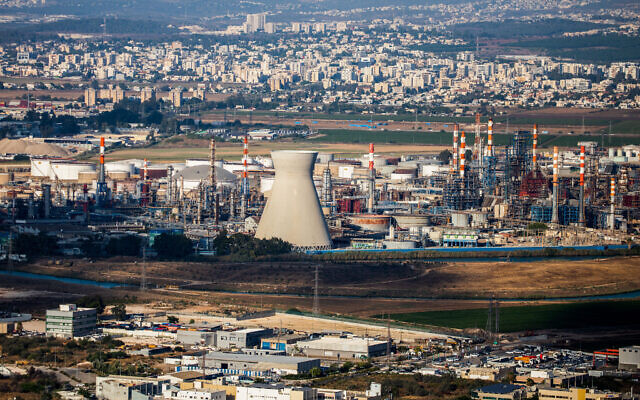
“They have to use them wisely,” said Aiman Mansour, a former National Security Council official. “They can’t fire them all in the early days.”
Well-honed drones
Another area of intensive investment, especially over the past year, has been its drone capabilities.
“Hezbollah identified that it is a challenge for us, and that our response isn’t as good,” explained Haimovitz.
Hezbollah has over 10 different kinds of drones, from commercial quadcopters to large attack UAVs.

In a war, they would perform the full range of drone tasks, including surveillance on maneuvering troops, spotting for Hezbollah rockets and mortars, airstrikes on IDF forces in Lebanon and in Israel, and suicide attacks on troop concentrations.
Its most capable drones are the Iranian Shahed 129, with the ability to carry two 34-kg precision bombs some 2,000 kilometers. The Karrar drone has a smaller range, but can carry two 125-kg bombs.
However, it’s not the high-end drones that worry Israel the most.
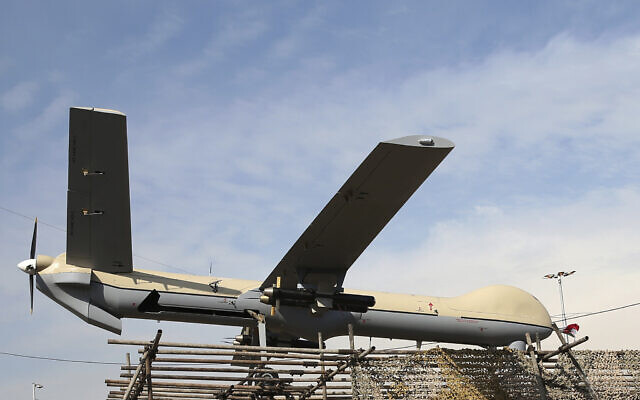
“The bigger they are, the more lethal, the easier they are to bring down,” said Haimovitz.
“We have been dealing with the drone problem for months,” said Mansour. “Especially low-flying ones. They have a real advantage with short-range drones.”
Since October 7, Hezbollah has enjoyed an influx of drones from Iran, and has been using them to study Israel’s air defenses.
And they’ve been improving.
“Hezbollah probes for weaknesses in Israel’s defenses, and erodes Iron Dome interceptor stocks, by launching growing numbers of drones recently,” said Jonathan Ruhe, director of foreign policy at the Jewish Institute for National Security of America.
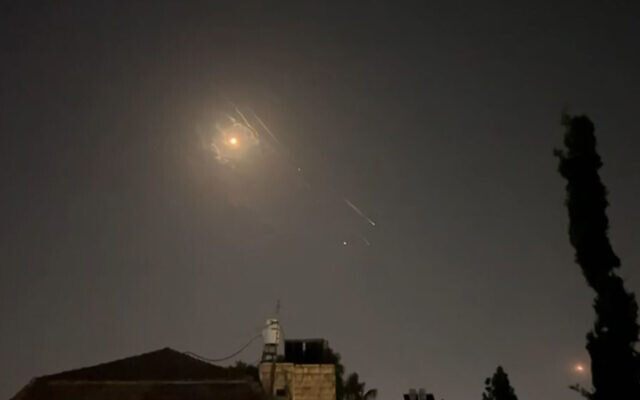
They’d likely try tactics employed by Russia to evade Ukrainian air defenses, similar to what Iran unsuccessfully deployed against Israel in its April attack.
“More than any single weapon or the sheer size of their arsenals, it’s their ability to overwhelm and evade Israel’s air defenses by launching mass swarms of precision missiles and drones mixed with lots of unguided rockets,” said Ruhe. “These salvos would be bigger than Iran’s April 14 attack, and would offer less early warning, given the much shorter distances.”
Iran, and perhaps Russia, are working to enhance Hezbollah’s air defense capabilities to challenge Israel’s dominance of Lebanon’s skies.
Their high-end capabilities are the Russian-made SA-17 and SA-22 mobile surface-to-air missile systems.
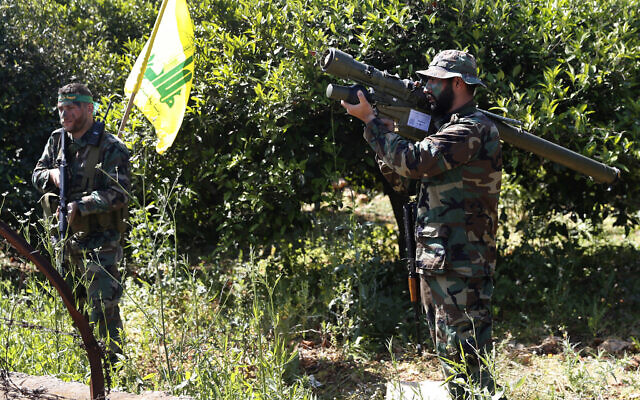
Israel is working to take them out, and would continue to prioritize its air defense batteries in a war.
Though Hezbollah has managed to down Israeli drones, Israel’s air force is quite capable of handling Hezbollah’s air defenses. It has been dealing successfully with advanced Russian-made systems over Syria for years.
“We can see it today, Israel is operating in Lebanon without any limitations,” said Haimovitz. “You have to recognize the threat, but it’s not something that limits you from operating.”
Tanks and anti-tanks
If Israel does maneuver into southern Lebanon, it will have to contend with Hezbollah’s advanced anti-tank capabilities.

Hezbollah has thousands of RPGs it would use to swarm IDF armor and their Trophy active defense system, along with more advanced missiles.
It possesses ample stockpiles of Kornet missiles, among the best Russian anti-tank guided missiles.
In August 2023, Hezbollah unveiled in military exercises its Tharallah system, which uses two Kornets. The system is specifically designed to defeat the Trophy by firing both its missiles within less than a second, too quickly, its designers hope, for the Israeli countermeasure to track and destroy the second missile.

Hezbollah also has Iranian Almas missiles, said Mansour, which were reverse-engineered from Israeli Spike missiles left behind by IDF forces in the Second Lebanon War. The most advanced model allows anti-tank teams to target vehicles well beyond the line of sight.
In Gaza, Hamas has managed to damage hundreds of IDF tanks and APCs, but only a few dozen were taken out of service for any significant period of time, according to Maariv.
The challenge in Lebanon will be much greater, and it is reasonable to expect that some tanks will be destroyed.
Israeli forces will also have to deal with a range of IEDs and mines which detonate against less protected parts of a tank and against which the Trophy system is irrelevant.
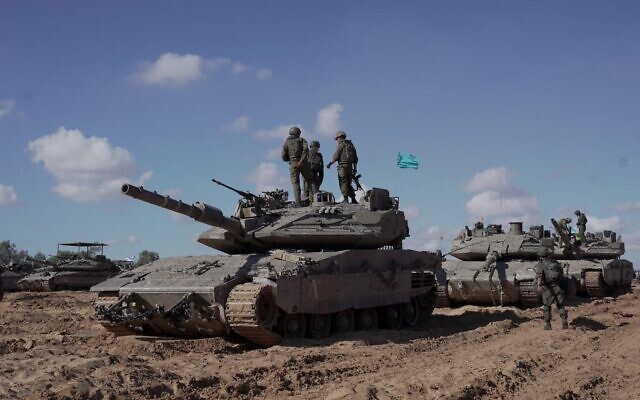
And despite the beeper operation and airstrikes this month, the vast majority of Hezbollah’s light infantry force is intact. Though Hezbollah leader Hassan Nasrallah boasts about 100,000 fighters, the ranks are probably half that size, including reserves. But its full-time fighters are well-trained, and after years of combat in Syria, have serious battlefield experience.
They will enjoy the inherent advantages of a defender, including prepared defensive positions and a deep tunnel network that approximates national infrastructure projects in full-fledged states.
All of those capabilities are a far cry from what Hezbollah has employed thus far. Nasrallah’s strategy is still attrition of Israel’s will and maintaining the linkage between Lebanon and Gaza, not a full-blown war.
“We haven’t seen Hezbollah’s full capabilities,” warned Haimovitz, “and Hezbollah hasn’t seen our full capabilities.”
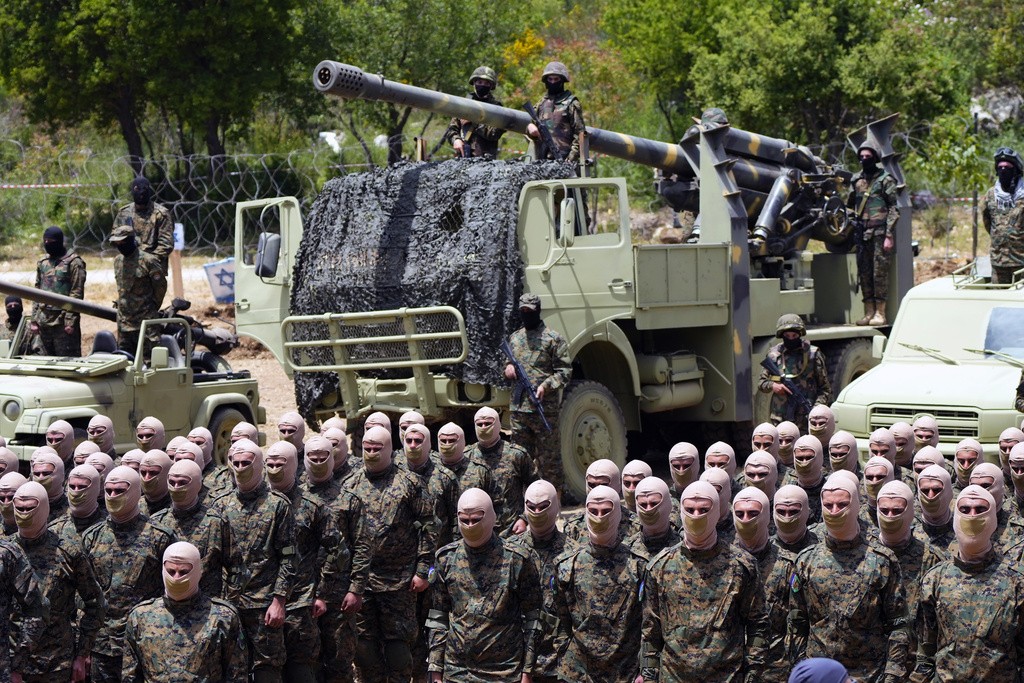
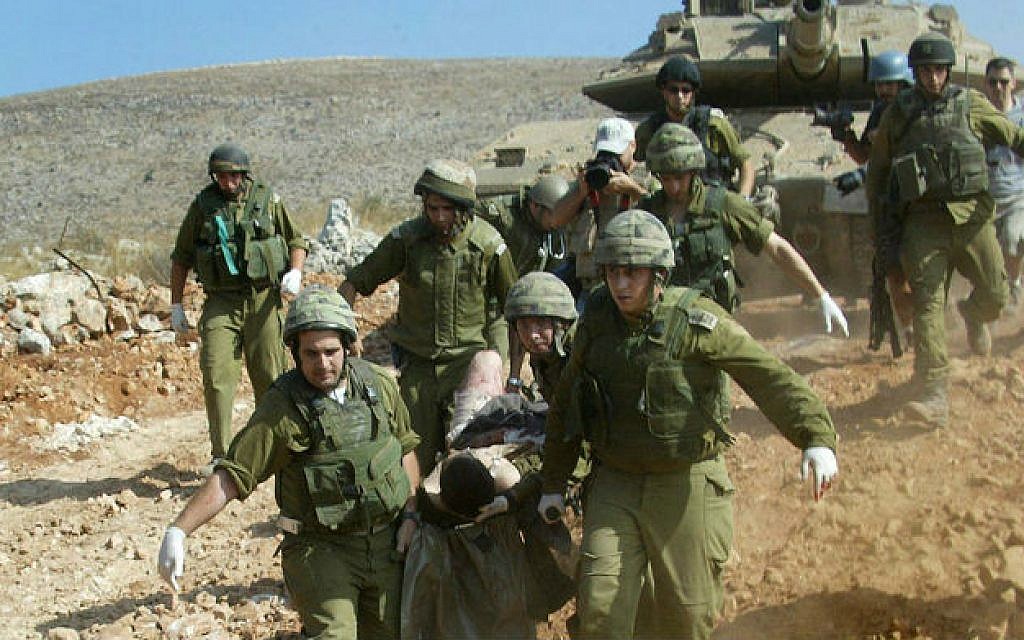
2 comments:
I'll bet if they were to nuke Tehran that would slow the bastards down a bit.
The only way Hezbollah could stand up to IDF is IDF allowing them to survive on order to not piss off the Western nations.
Post a Comment